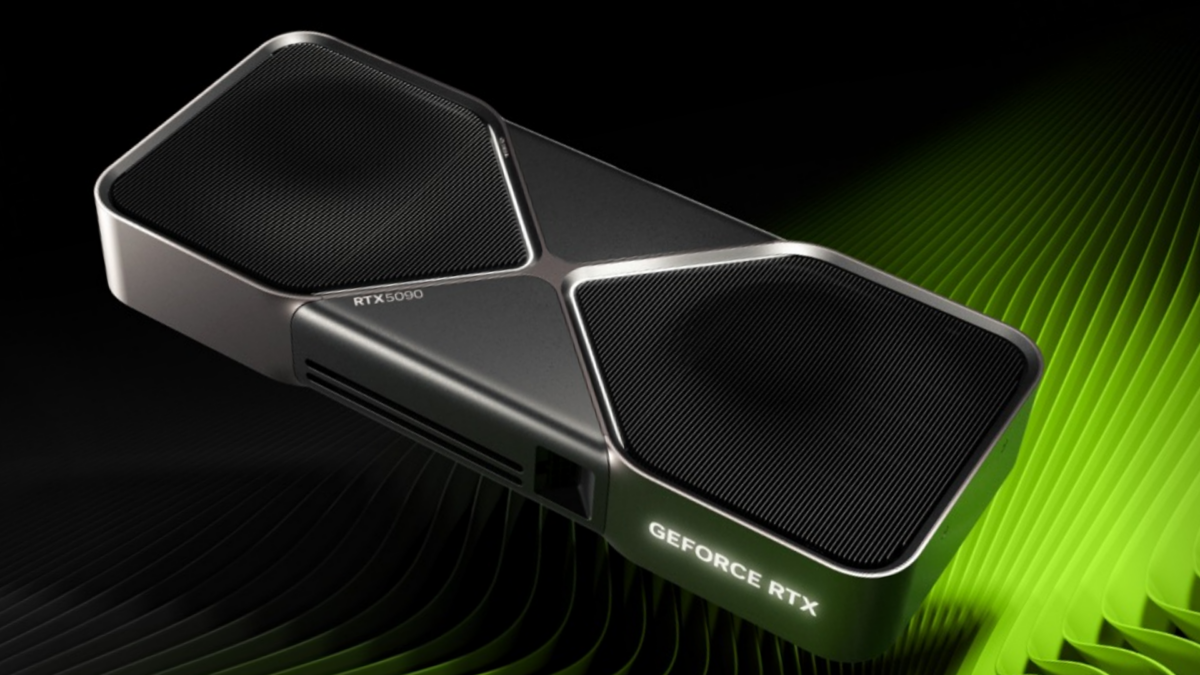RTX 5090 disappoints VR fans although DLSS 4 could be a game changer

The new Nvidia RTX 5090 brings only moderate performance increases in VR. Initial user reports show: DLSS 4 could be the real game changer.
According to initial reports, the RTX 5090 delivers around 30 percent more performance in VR than the RTX 4090. This modest increase comes at the cost of significantly higher power consumption of up to 700 watts when the card is running under full load in VR applications.
"In VR, it is much easier to push the card to its limits than with normal monitors. Especially when super sampling is enabled," explains Reddit user Jotoku. "Even Microsoft Flight Simulator will bring the 5090 to its knees."
Upgrade only worthwhile for older cards
For owners of an RTX 4090, an upgrade is unlikely to be worthwhile given the high price and moderate increase in performance. The situation is different for older cards: "I switched from a 1080 Ti to a 4090. The difference was like night and day," reports Reddit user TommyVR373. A jump from a 30 or older card to the 5090 promises similarly significant improvements.
Few VR-specific tests
So far, there are hardly any dedicated VR tests of the RTX 5090. As Reddit user maddix30 explains: "There is a lot of time pressure to get reviews ready for embargo day. VR is a niche market and is often left out when it comes to the masses." Currently, only a few VR titles such as Kayak VR: Mirage, Microsoft Flight Simulator 2024, No Man's Sky and Assetto Corsa Competizione support DLSS technology natively.
DLSS 4 insider tip: How to get the most out of your VR graphics
The installation of DLSS 4 currently still requires several manual steps. You have to install the DLSS file version 310.10 via the DLSS swapper and activate "Preset J" in the Nvidia Inspector. Optionally, you can adjust the engine.ini for maximum sharpness.
The "Auto mode" of DLSS 4 seems to deliver the best results in VR. According to user experience, it works similarly to DLAA and results in a highly super sampled image. The frame generation technology remains deactivated in VR, as it causes too much latency and would therefore impair the VR experience.
The improvements brought about by DLSS 4 can be seen on various graphics cards. Users report good results with both the RTX 4090 and the RTX 4070 Super. However, the performance of graphics cards prior to the RTX 3000 series is worse than with the older DLSS 3 model.
What do you think of DLSS in VR? Join the conversation on Facebook, Bluesky or X or share your opinion in the comments below.
For feedback, topic suggestions, or other ideas, please email us at hello@mixed-news.com.
Note: Links to online stores in articles can be so-called affiliate links. If you buy through this link, MIXED receives a commission from the provider. For you the price does not change.